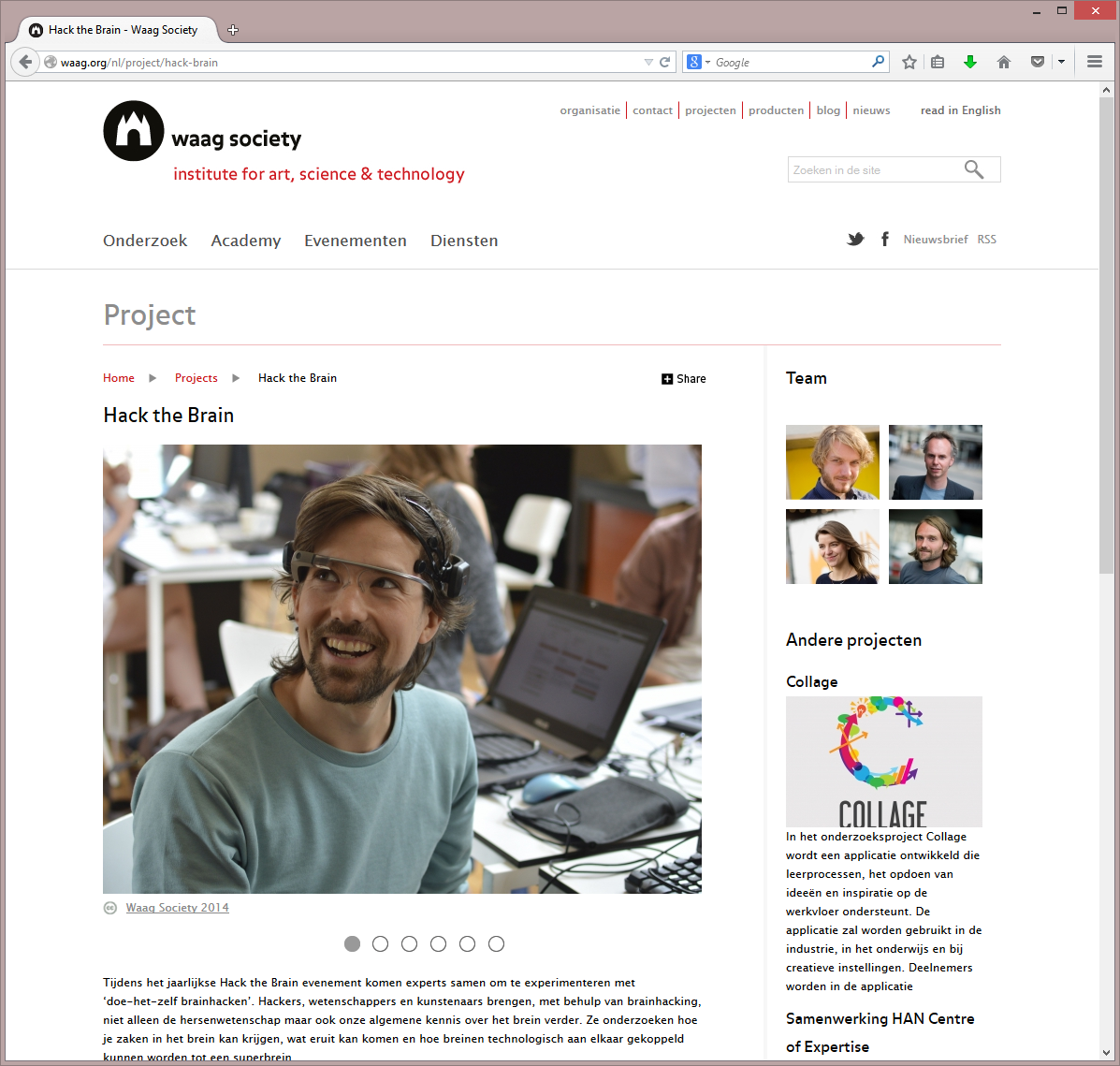IDFA Doclab non-fiction storytelling VR meetup
The demo's (a VR interstellar like game, high res painting viewing, realtime 3D stitching, samsung gear VR, watching your hands in VR, combining oculus+leapmotion and more) were very interesting and some of them immersive!
The people were open kind and there was a shared energy of enthousiasm.
The speakers at the evening program blew me away. It shows that docu makers are putting a very significant effort (driven by personal passion) to create the first building blocks that will start a revolution in VR filmmaking.
Next weekend I am going to be virtually transformed into my naked girlfriend and the otherway arround, and shake my own hand.
Can't wait.
Thank you Daan Kip for organizing this great event.
Some footage of the evening program:
VIDEO:
http://youtu.be/sCQjm40T48k
and:




























